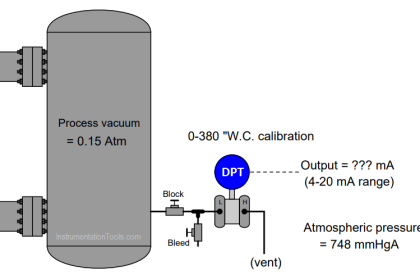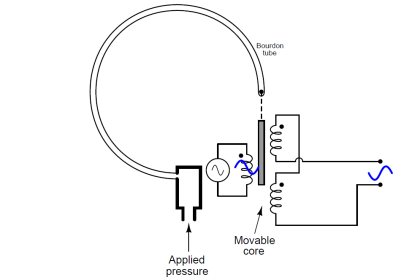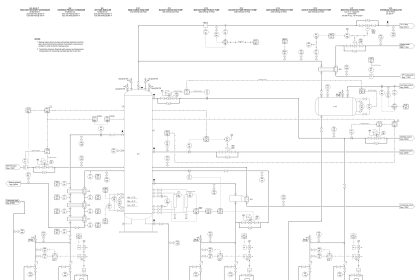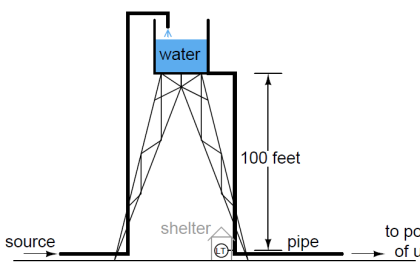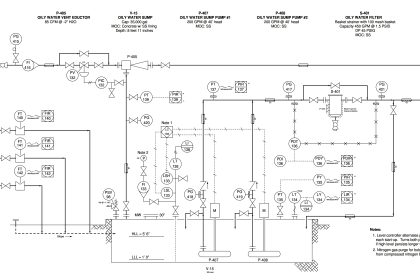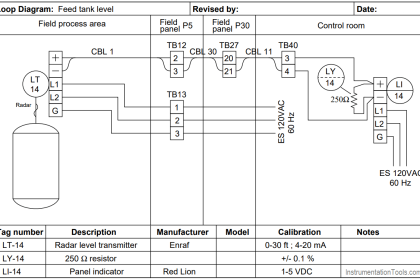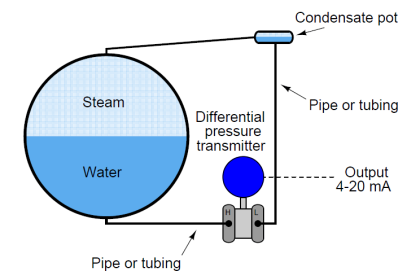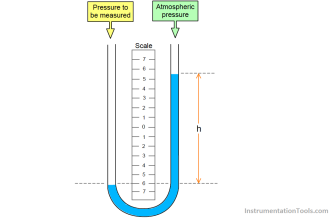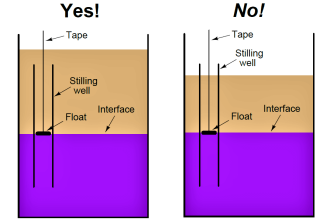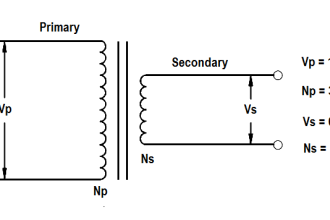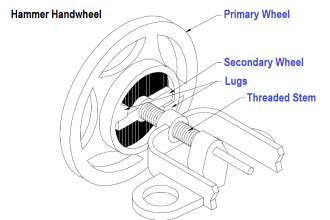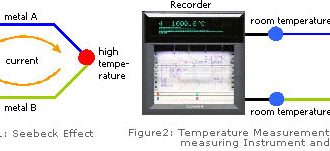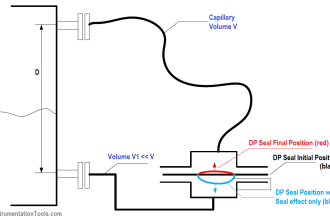How Overload Heaters used to Automatically Shut the Motor OFF & Prevent Damage ?
Some common components of three-phase motor control circuits are shown here in the following illustrations.
These include fuses, a contactor, and an overload assembly:
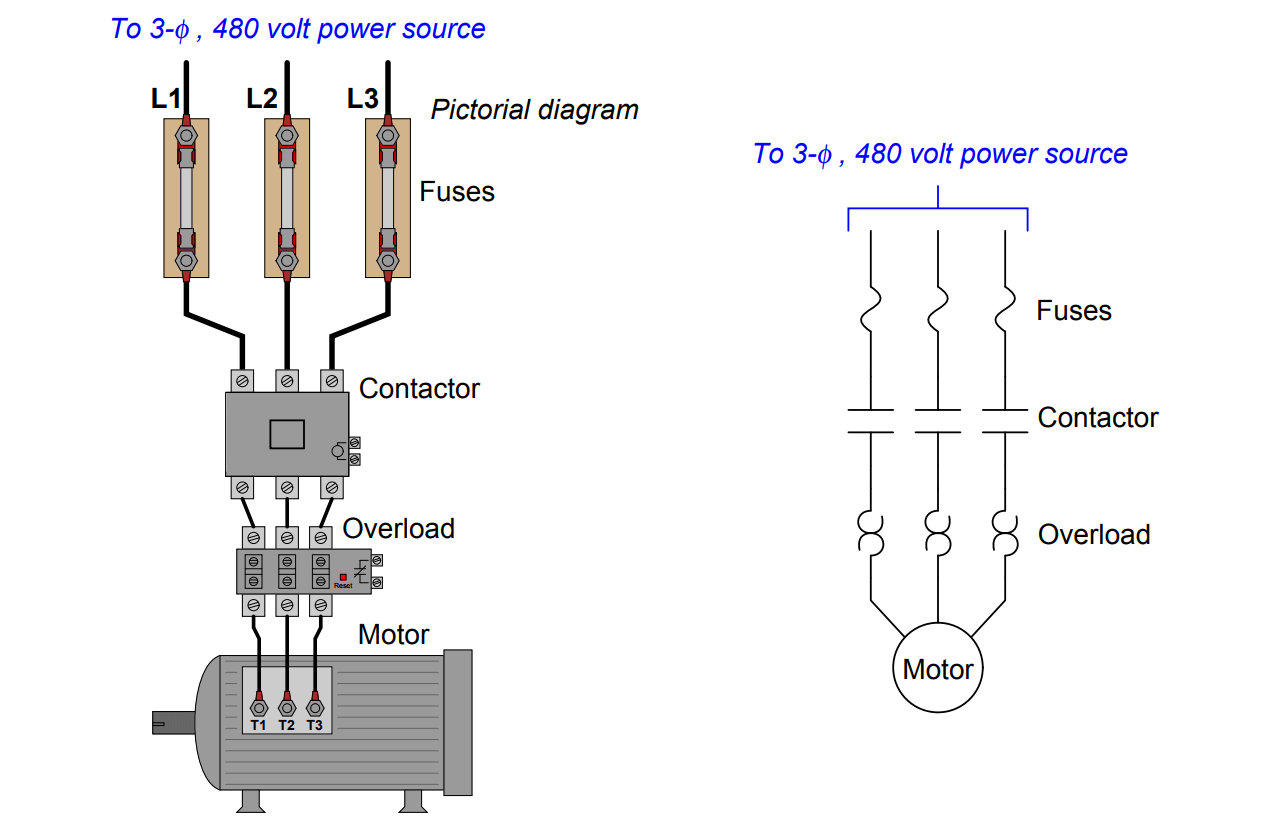
Fuses protect the power wiring from gross overcurrent conditions such as what might happen if there were an accidental phase-to-phase short-circuit inside the motor.
The contactor is nothing more than a big relay with three normally-open contacts to send power to the motor, serving to start and stop the motor on command with a 120 volt signal to its coil.
The overload block, however, is a little more mysterious. Its three “heater” elements (looking like backto-back “question mark” symbols in the schematic diagram) carry the motor’s current from the contactor to the motor terminals.
These resistive heaters are designed to become warm under normal operating conditions, just as the motor itself will become slightly warm under normal conditions from resistive power losses in its windings.
If the motor ever becomes too warm as a result of overloading (slight overcurrent), the overload heaters (which will also be too warm due to the overcurrent) will trigger a small thermally-operated switch contact to spring open.
Connection terminals for this small switch contact may be seen on the right-hand side of the overload block in the pictorial diagram.
Explain how the overload heaters may be used to automatically shut the motor off and prevent damage ?
Answer :
If you thought the overload heaters would open up like fuses in the event of an overload condition (becoming too warm) to directly interrupt motor current, you have made a very common error! Don’t feel bad, though – I won’t tell anyone.
In order for the overload assembly to automatically shut down the motor, its small switch must be connected to something. I’ll let you figure out what that something is!
Share Your Answer / Comments
Credits : by Tony R. Kuphaldt – under CC BY 1.0
